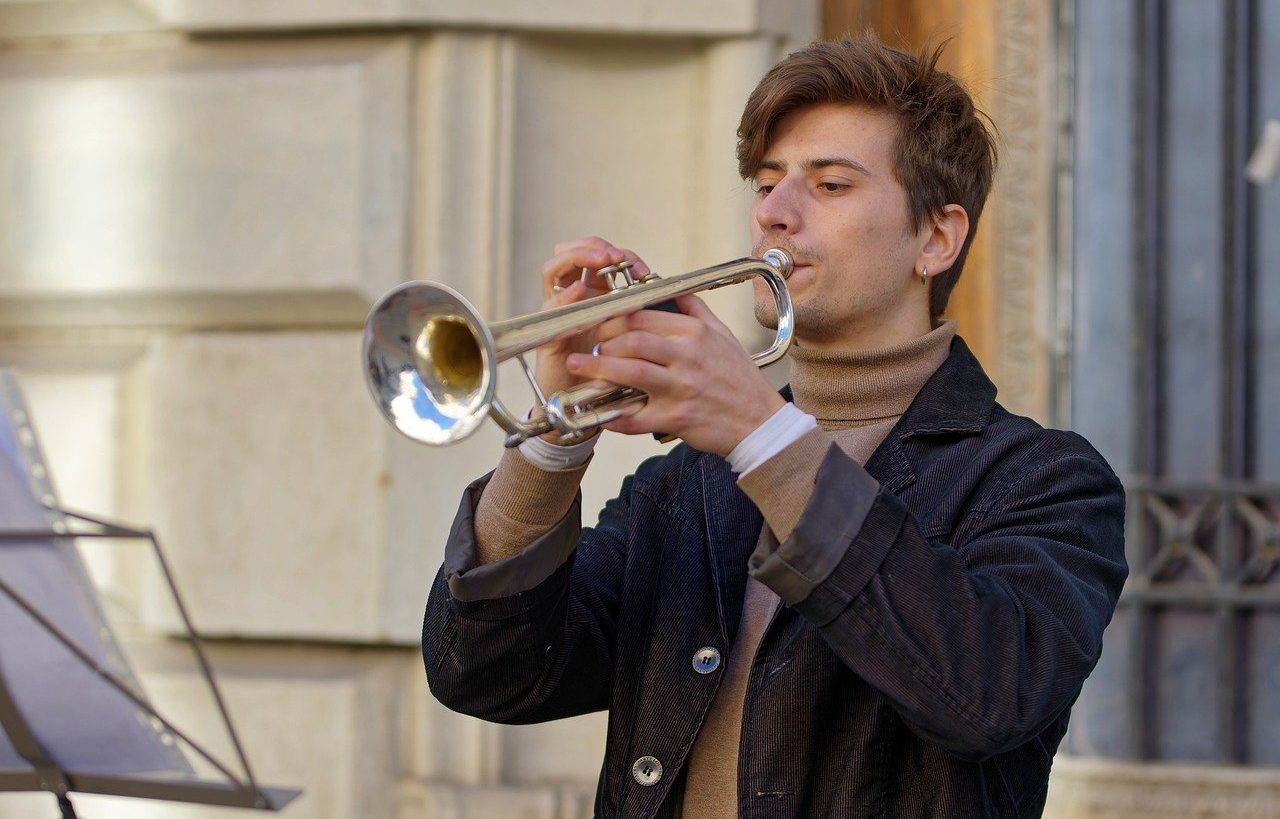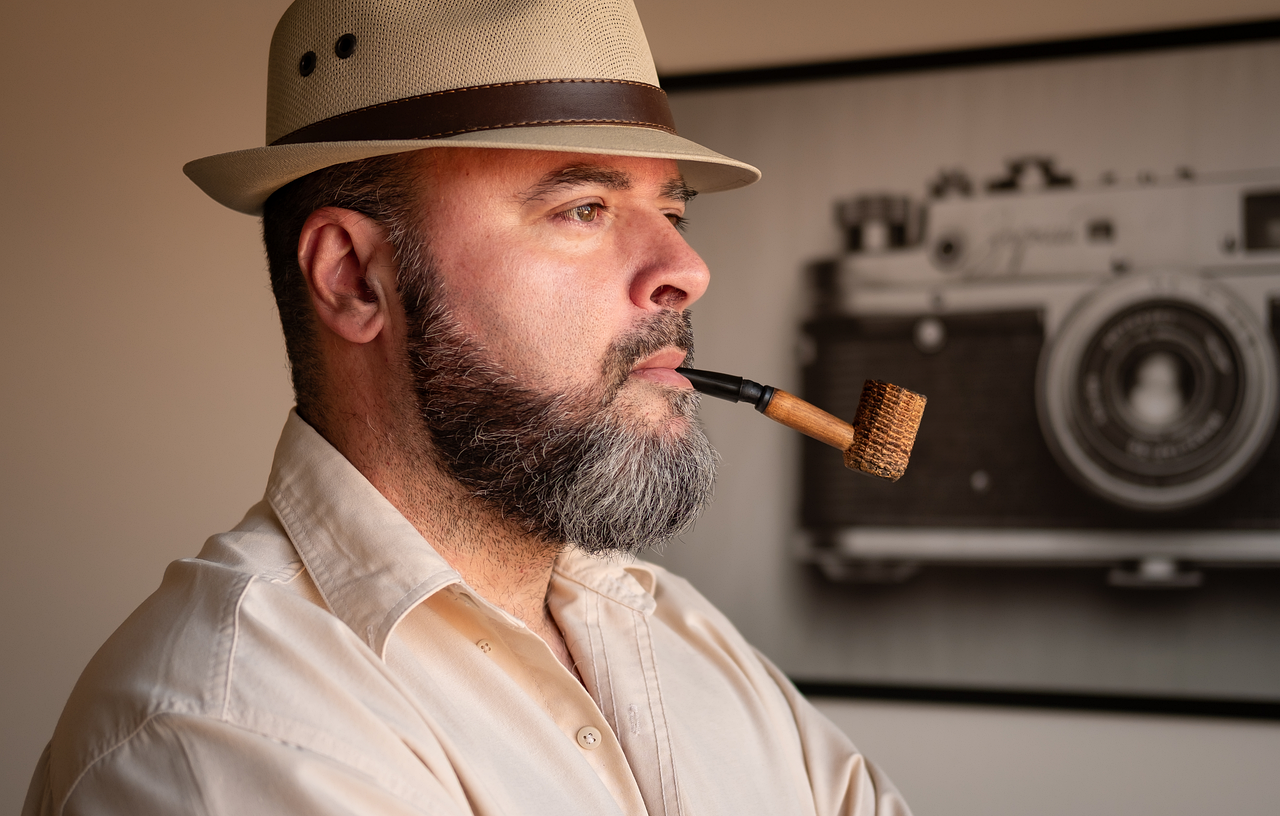
The hollow piece where you blow into a wind instrument is called the mouthpiece.
Mouthpiece is short for mouth : the cavity where the teeth and tongue are located, which allows food to enter the digestive tract. Different types of holes and openings are also called mouths.
A mouthpiece can be a hollow piece that is part of certain wind musical instruments . The musician must rest his mouth on the edges of the mouthpiece and blow to generate the sound .
Mouthpiece Features
Made of wood, ivory or metal, the mouthpieces appeal to the vibration of the person's lips to produce sounds. In the case of all brass instruments, such as the trumpet , clarion , trombone and tuba , the mouthpiece is usually made of brass. This type of instrument has the peculiarity of changing notes without pistons or keys, only through the pressure changes that the performer makes on the mouthpiece.
Woodwind instruments, such as the clarinet , flute , oboe and saxophone , have mouthpieces in which the vibration is generated by reeds . This type of mouthpiece allows you to produce a single sound on each instrument.
Your choice for a trumpet
Unlike other instruments, such as the guitar or piano, to which musicians can easily adapt without many demands, the experience of playing the trumpet is largely determined by the characteristics of the mouthpiece. For this reason it is very important to choose one that allows us to play comfortably , and to do so we must take into account various factors.
Firstly, there are issues regarding the size of the mouthpiece: it must have an adequate thickness, so that the part that comes into contact with our lips gives us the sensation of having an extension of the body and not a foreign object. that has gotten stuck in our mouths. If the mouthpiece is too wide, the playing becomes less flexible; On the contrary, the narrower it is, the more flexibility it provides, but the resistance is reduced and this can cause discomfort.
The shape of the mouthpiece is also important. This can be sharp or rounded: the former allows the notes to be attacked more clearly, and produces a more metallic sound; the second, on the other hand, increases comfort but reduces the clarity of the lowest notes. It should be noted that most musicians lean towards sharp mouthpieces.
Another point to take into account is the diameter of the cup , the opening that remains inside the oral cavity, since both this property and its depth directly affect the tonal extension of the instrument (the number of notes it can produce, from the lowest to the highest) and the volume of the sound.
The leadpipe , for its part, is a gear that is found in the mouthpiece and connects it to the instrument . Its size is important to achieve the best results, and that is why it is necessary to inform yourself and try several options until you find the most suitable one. A neck that is too large can cause more fatigue in the mouth; In short, a small one is advisable, as it reduces the musician's effort and improves the quality of the performances.

The mouthpiece is the part of the mouth that a person inserts into their mouth.
Other meanings of the term mouthpiece
A type of tube with a wide sector where a cigarette is placed is also called a mouthpiece. The person who smokes inhales the smoke through the opposite sector, on which he rests his mouth. Thus the smoker avoids touching the cigarette with his fingers when smoking .
The mouthpiece, finally, is the sector of the pipe that the subject places in his or her mouth to smoke.
